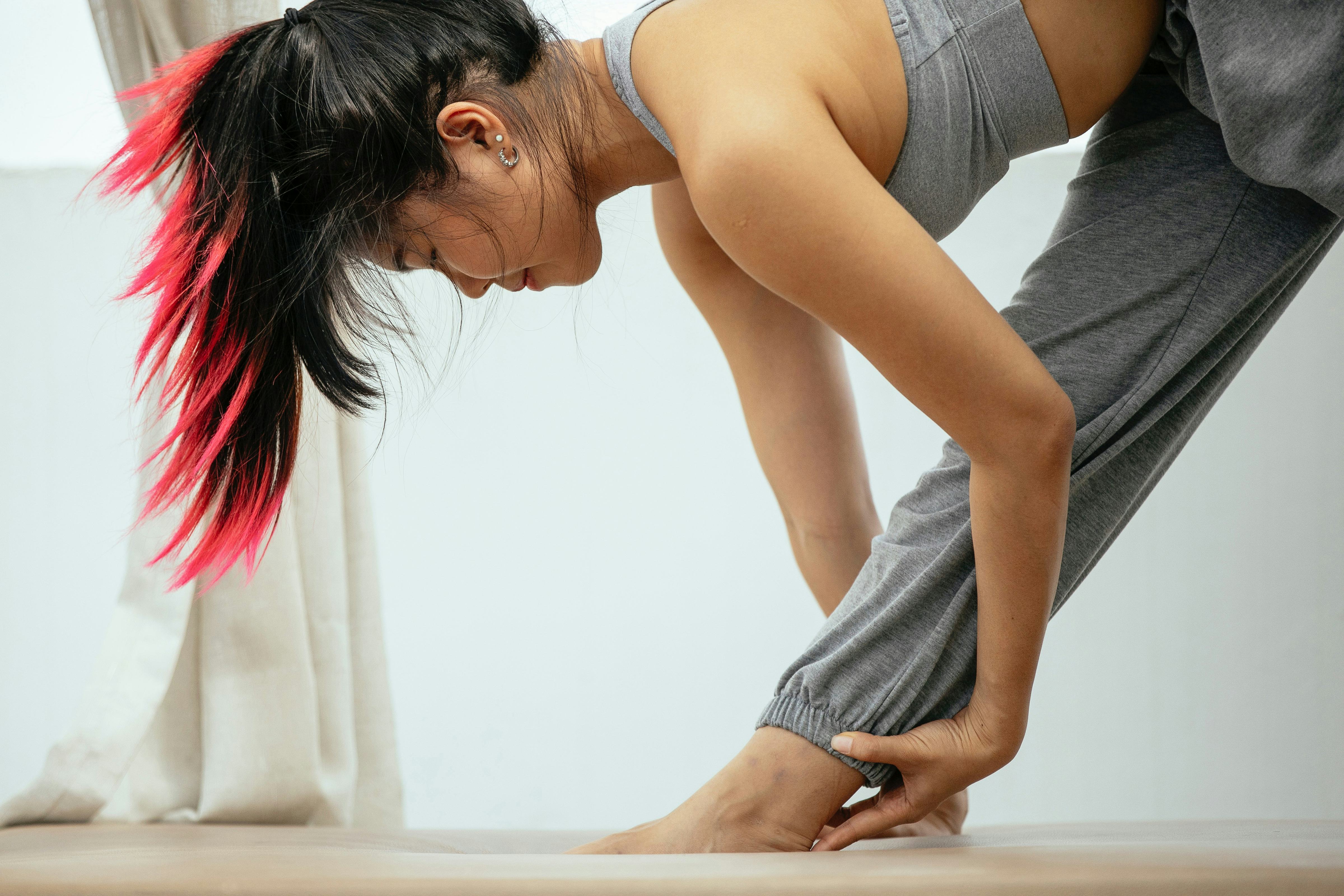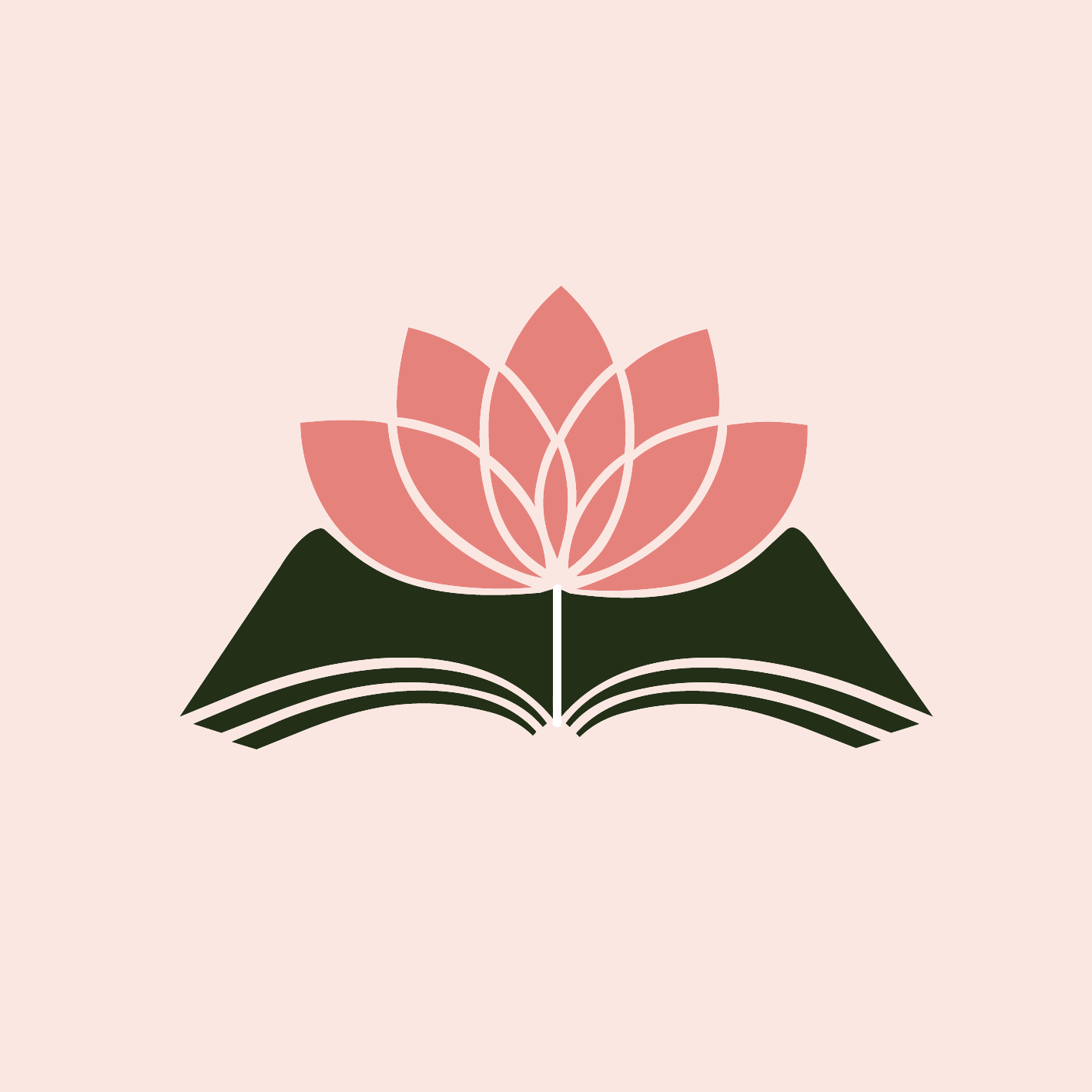Embracing Intense Side Stretch Pose (Pyramid Pose)
Pārśvottānāsana पार्श्वोत्तानासन

Pārśvottānāsana, Intense Side Stretch Yoga Pose, or Pyramid Pose
Intense Side Stretch Pose - Pyramid Pose - Parsvottanasana
Pārśvottānāsana पार्श्वोत्तानासन
Pārśvottānāsana serves as a powerful tool in uncovering the wealth of strength, wisdom, and peace within us. By incorporating this pose into your Yoga practice, you embrace the journey of diving within yourself, exploring your inner landscape, and tapping into your stored strength. Remember, the practice of Yoga isn't just about physical flexibility and strength; it's also about the realization and exploration of the wealth within. You are much stronger and richer than you think!
The Symbolism of Pārśvottānāsana
In Sanskrit, "Pārśva" translates to "side" or "flank," "Uttāna" means "intense stretch," and "Asana" refers to the posture. Thus, Pārśvottānāsana, the "Intense Side Stretch Pose," symbolically delves deeper than its physical interpretation.
Pārśvottānāsana symbolizes the concept of stored inner strength and the idea of wealth beyond the material world. As you bend into the pose, you are diving within yourself, reaching for the strength and resilience stored in your inner core. It's a reminder that we all have this well of strength within us, waiting to be tapped into.
Cuing Text Using Economy of Words**
- Start standing, feet hip-width apart
- Step left foot back, keep hips square
- Align right heel with left arch, both feet flat
- Inhale, lengthen spine, hands on hips
- Exhale, fold forward over right leg
- Place hands on floor, shin, or block
- Keep right leg straight, engage core
** in the Yoga Therapy Library Sequence Builder app, we use economy of words as our default text (middle ground for all of the various styles in our teaching community);you may modify all text (or delete) to fit your style and voice.
Cuing Text Using Breath Focus
In Yoga, the breath guides movement, enhances focus, and promotes relaxation.
Here's a guide on how to integrate your breath with the movements of Pārśvottānāsana - Intense Side Stretch Pose:
- Inhale: Start in Tadasana (Mountain Pose). As you inhale, step your feet 3.5 to 4 feet apart and raise your arms overhead.
- Exhale: Turn your right foot out 90 degrees and your left foot inwards about 45 degrees. On an exhalation, hinge at your hips, extending your torso over your right leg. Lower your hands to either side of your right foot, keeping your spine long and chest open.
- Inhale and Exhale: In the pose, breathe deeply and evenly. With each inhalation, lengthen your spine; with each exhalation, deepen the forward bend.
- Inhale: To release, press firmly through your back heel and, on an inhalation, lift your torso.
- Exhale: Lower your arms and step back to Tadasana. Repeat on the other side.
Focusing on deep, mindful breathing during Pārśvottānāsana can help to calm the mind, reduce stress, and allow for a deeper stretch. Each inhalation offers a chance to create space in the body, and each exhalation is an opportunity to move deeper into the pose.
Drishti - Gaze (Dṛṣṭi दृष्टि)
Drishti for Pārśvottānāsana is towards the big toe of the front foot (Padangustha Drishti). This drishti is said to help draw the practitioner's attention downward, fostering a sense of grounding and stability and encouraging a deeper forward bend.
Pārśvottānāsana, Intense Side Stretch Pose, is known for its variety of physical benefits. This Yoga pose stretches and strengthens numerous muscles, promoting overall flexibility, balance, and body awareness. Let's explore its benefits in more detail:
Muscles stretched in this pose:
Hamstrings and Calves: This pose offers a deep stretch for the hamstrings and calves. These muscles often become tight due to prolonged sitting or intensive physical activities like running. Stretching these muscles can improve flexibility, reduce muscle tension, and enhance overall mobility.
Spine and Shoulders: Pārśvottānāsana also lengthens the spine and opens up the shoulders. By doing so, it helps improve posture and can relieve tension and stiffness in the upper body.
Hip Flexors: This asana stretches the hip flexors of the back leg, which benefits those who spend a lot of time sitting.
Muscles that are engaged in this pose:
Quadriceps: The quadriceps of both legs are actively engaged to stabilize the pose and maintain the alignment of the knees.
Abdominals: The abdominal muscles are engaged to support the spine and help maintain balance; this can also help strengthen the core.
Gluteals: The back leg's gluteal muscles are engaged to keep the hips squared and stabilize the body.
Lower Back Muscles: The lower back muscles are also activated to support the spine and maintain the forward bend.
In addition to these muscular benefits, Pārśvottānāsana can also stimulate the abdominal organs, which aids in digestion, and the calming effect of the forward bend can reduce stress and anxiety. However, listening to your body and modifying the pose if necessary is always important.
Moreover, the intense stretch of Pārśvottānāsana mimics the effort often required to reach beyond materialistic wealth and tap into our spiritual riches. The asana signifies a deep search for inner wisdom and the wealth of knowledge, peace, and self-acceptance, often overlooked in the hustle and bustle of our material world.
In essence, Pārśvottānāsana represents the journey within oneself, the exploration of our inner landscape, and the realization that our greatest strengths and riches lie within us, not outside.

